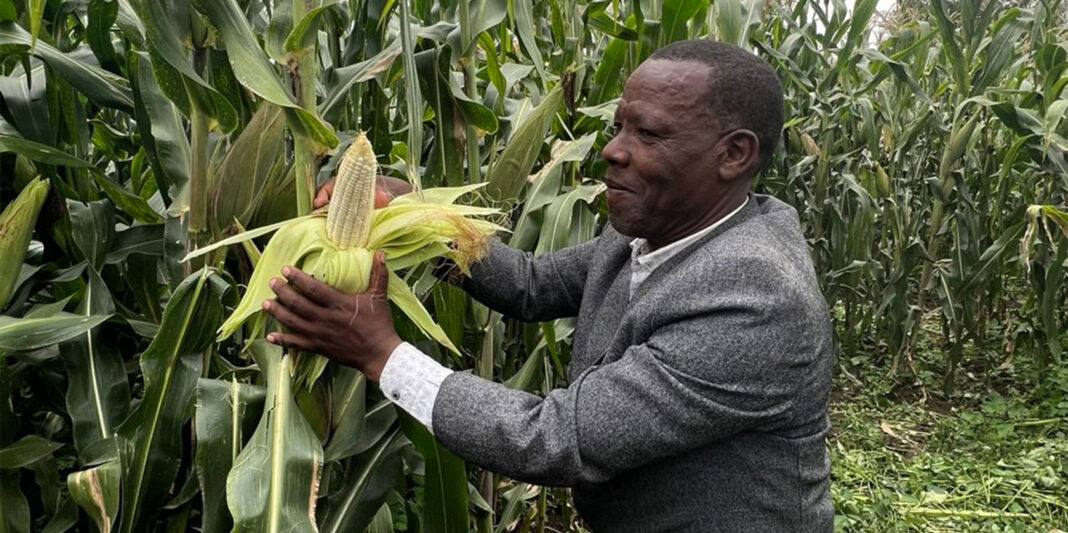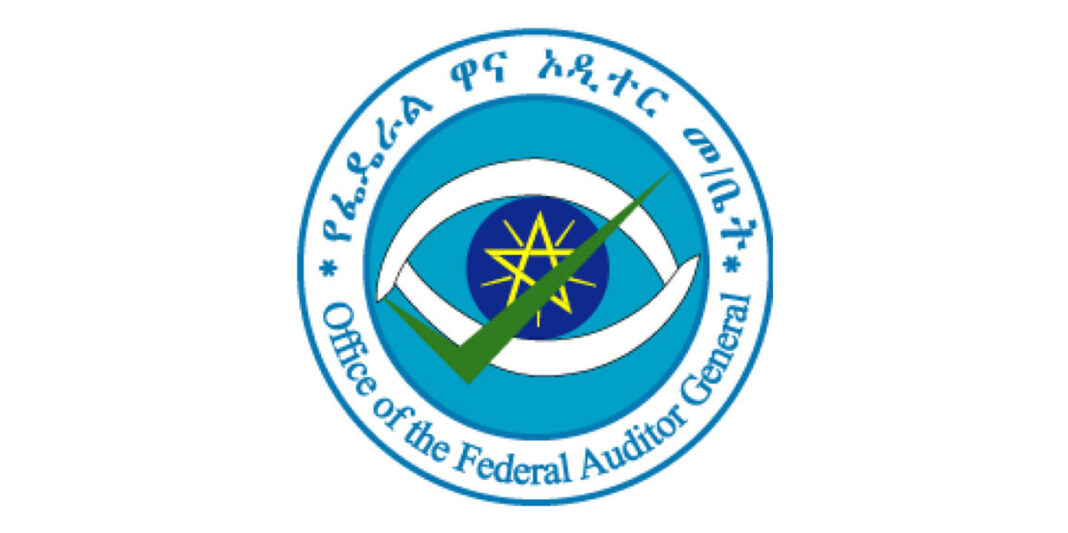A dispute has emerged between a regulatory body and a national research institute regarding the conditions for releasing recently approved genetically modified (GM) maize, as seed companies begin planting.
Ethiopia made a historic decision in March to approve the commercial release of insect-protected TELA maize varieties after seven years of rigorous research and testing.
The National Variety Release Committee (NVRC) granted approval for these genetically modified varieties, which are designed for insect resistance and drought tolerance.
However, Tesfaye Disasa, PhD, the TELA Maize project country coordinator at the Ethiopian Institute of Agricultural Research (EIAR), has voiced significant frustration over delays in making the seeds available to farmers.
“Every new technology requires a vital testing period, but in our experience, we are often slow to adopt them,” he told Capital. While the seven-year approval process for the GM maize was thorough, he believes such a lengthy delay is unnecessary.
Tesfaye pointed to protracted procedures in agencies outside the agricultural research institute as obstacles to the timely distribution of this potentially transformative seed variety.
“This farming season, we had planned to use 120 agricultural demonstration plots to showcase the technology for farmers. Unfortunately, this was impossible due to very limited seed multiplication,” he explained.
He identified the main challenge as the restrictive terms and conditions imposed by the Environmental Protection Authority (EPA) as part of the approval process. Tesfaye argued that the requirements regarding specific growing zones, reproductive isolation, and the use of isogenic maize lines as a “refuge” are impractical.
Experts in the sector agree, stating that these conditions unnecessarily limit seed distribution and infringe upon farmers’ rights.
They contend that enforcing such agricultural regulations falls outside the EPA’s mandate and is more a matter of personal opinion than legal authority.
They argue that once the EPA grants environmental release approval, subsequent issues of seed multiplication and distribution should be managed by the Ministry of Agriculture in alignment with farmers’ interests.

“Unless the EPA changes its conditions, it may delay the adequate availability of seeds for farmers by another year,” the experts cautioned.
Tesfaye noted that such restrictive practices are not present in the 35 other countries that have adopted similar GM technologies. “We are currently working to persuade the authority and other relevant government bodies to lift these preconditions. I remain hopeful that they will amend them,” he said.
EIAR is currently conducting demonstration farming to showcase new seed technology to seed companies and farmers, rather than implementing full-scale multiplication.
Several organizations, including MIDROC, Luna, the International Livestock Research Institute, and Ethio Vegfru, are testing the new seeds on their own plots.
“Our goal is to expand seed access to farmers in the near future,” Tesfaye stated. EIAR is also conducting demonstrations at its research sites in Melkasa, Dera, and Mieso.
The approved varieties—WE3106B (insect-protected) and WE7210B and WE8216B (insect-protected and drought-tolerant)—were developed through the public-private TELA Maize project.
These varieties are designed to protect against destructive pests like stem borers and fall armyworms, which have long troubled Ethiopian farmers.
These new varieties offer a yield advantage of up to 60% over conventional maize. Experts emphasize that the transgenic maize improves grain quality, reduces the reliance on chemical insecticides, lowers production costs, and minimizes environmental and health risks.
Tesfaye described the commercial approval as a significant milestone for Ethiopian agriculture. The TELA maize seed will be available to smallholder farmers royalty-free through local seed companies, potentially saving farmers at least USD 750 per hectare in pesticide costs.
Additionally, the NVRC has approved the release of Bt-GT cotton, engineered to withstand bollworms, a major pest affecting cotton crops. This approval is crucial for Ethiopia’s textile sector, which is projected to demand 200,000 metric tons annually within two years—far exceeding the current domestic production of 50,000 metric tons.
Field trials indicate that the GM cotton yields between 48-57 quintals per hectare, significantly higher than the 32 quintals from local varieties.
The adoption of these GM crops aligns with Ethiopia’s 15-year National Cotton Development Strategy, aimed at producing 1.1 million metric tons of cotton and generating up to USD 125 million in annual export revenue. This initiative is part of a broader effort to position Ethiopia as a leader in Africa’s textile industry and to combat the issue of illegally imported unregulated seeds.
Experts believe that the commercial release of TELA maize and Bt-GT cotton marks a transformative moment for Ethiopia’s agricultural sector.







